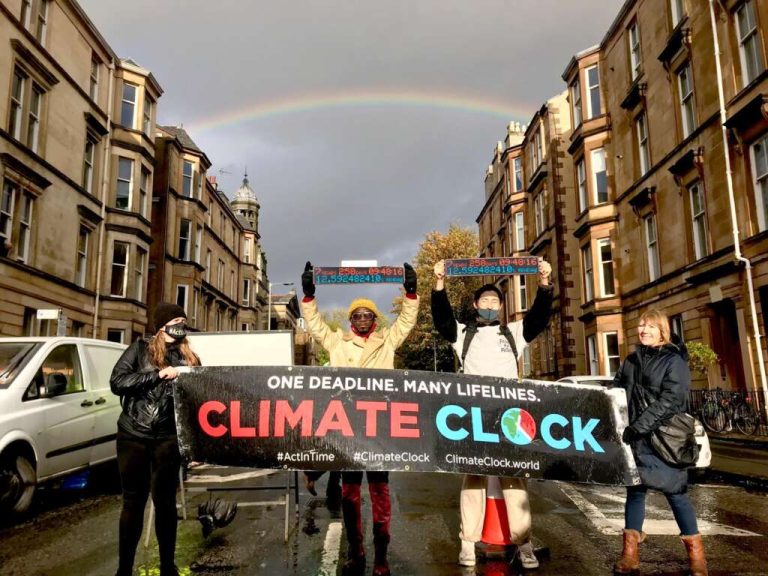Climate Change Through Tree Planting
Tree planting is a valuable strategy for mitigating the impacts of climate change, as trees play a crucial role in sequestering carbon dioxide, enhancing biodiversity, and promoting ecosystem health. Here’s how tree planting can effectively contribute to climate change control:
- Carbon Sequestration: Trees absorb carbon dioxide (CO2) from the atmosphere during photosynthesis and store carbon in their trunks, branches, and roots. This helps reduce the concentration of CO2, a major greenhouse gas responsible for global warming.
- Cooling Effect: Trees provide shade and reduce the “urban heat island” effect, where urban areas are warmer than surrounding rural areas due to human activities. This cooling effect can help mitigate heatwaves and reduce energy consumption for air conditioning.
- Erosion Control: Trees help prevent soil erosion and protect against landslides. Healthy tree cover stabilizes soil, reducing the impact of extreme weather events and protecting infrastructure.
- Biodiversity Enhancement: Trees provide habitat for various species, contributing to increased biodiversity. A diverse ecosystem is more resilient to climate impacts and can support ecosystem services like pollination and pest control.
- Air Quality Improvement: Trees filter pollutants from the air, improving air quality and reducing respiratory problems in communities.
- Water Management: Trees absorb and release water through transpiration, which can help regulate local water cycles and reduce the risk of flooding and drought.
- Community Engagement: Tree planting can engage communities, fostering a sense of ownership and responsibility for the environment. This engagement can lead to broader climate awareness and action.
To effectively control climate change through tree planting:
- Choose Native Species: Plant native trees that are adapted to the local ecosystem. They are more likely to thrive, support local wildlife, and have a positive impact on the environment.
- Select Appropriate Sites: Plant trees in areas where they can grow well and have the most impact, such as urban spaces, degraded lands, and along water bodies.
- Implement Large-Scale Projects: Collaborate with governments, NGOs, and local communities to implement large-scale tree planting initiatives that target deforested or degraded areas.
- Maintain Long-Term Commitment: Tree planting is not a one-time effort; regular maintenance and monitoring are essential for successful growth and carbon sequestration.
- Educate and Raise Awareness: Educate communities about the importance of trees in climate change mitigation and encourage active participation in tree planting activities.
- Combine with Sustainable Practices: Tree planting should be part of a comprehensive strategy that includes reducing greenhouse gas emissions, promoting sustainable land use, and supporting renewable energy sources.
While tree planting is a valuable tool, it should be seen as a complement to broader efforts to reduce emissions and transition to a low-carbon economy. Combining tree planting with sustainable lifestyle changes and policy advocacy can lead to more effective climate change control.







